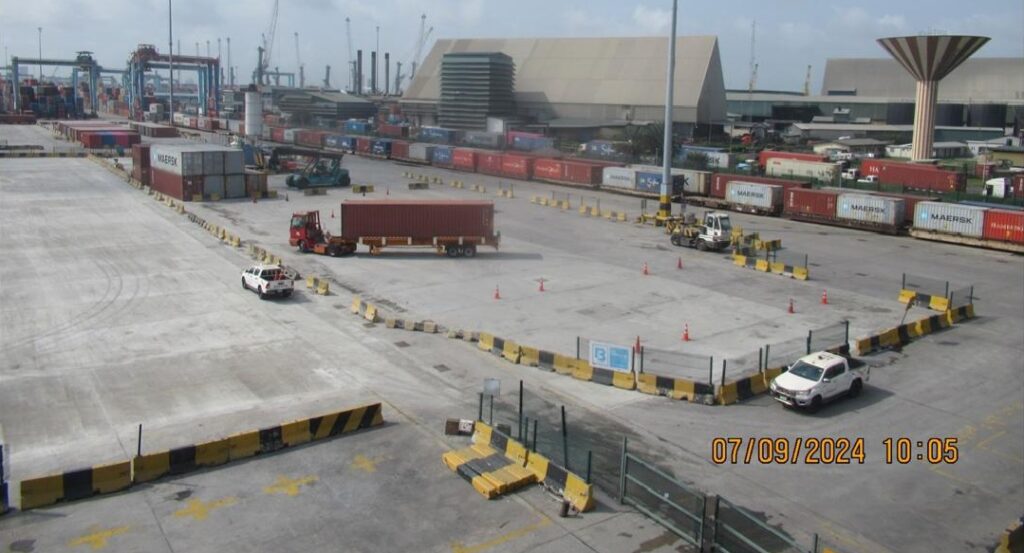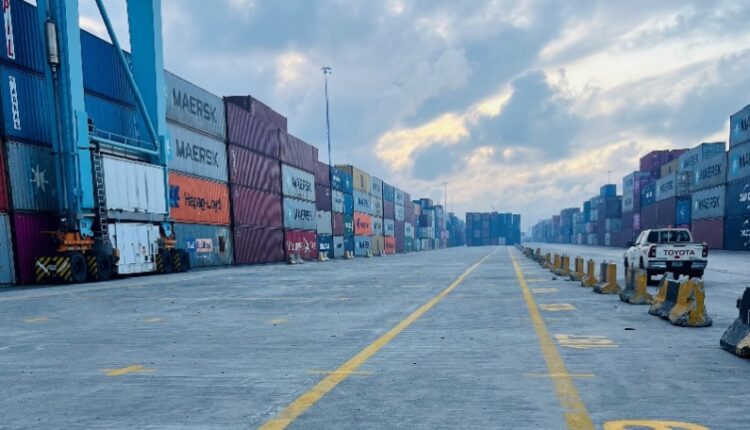APM Terminals Apapa Boosts Container Yard Capacity, To Handle Additional 2,400 TEUs
In a strategic move to bolster Nigeria’s non-oil exports, APM Terminals Apapa, the country’s largest container terminal, has expanded its yard capacity to handle increased export cargo volumes.
With the recent expansion, the terminal now boasts an additional 2,400 TEU container capacity.
According to a statement on Wednesday, Terminal Manager, Steen Knudsen, highlighted the company’s commitment to supporting the Nigerian economy, emphasizing recent improvements driven by exporter and shipping line feedback.
“We’ve held several interactive forums to gather insights and improve our processes,” Knudsen said. “The expanded yard is a direct result of this collaboration. Additionally, we’ve completed paving the customs examination section, enhancing the standard of the inspection area and improving cargo tidiness and efficiency.”
Knudsen also noted that the terminal has achieved this expansion and pavement project with 254,188 number of contractor man-hours without any safety or security infractions, underscoring the terminal’s focus on safety alongside operational efficiency. “We are dedicated to maintaining high safety standards while delivering efficient services,” he added.
The enhancement allows for the handling of more export containers efficiently, reducing wait times and ensuring smoother operations. This ensures the terminal’s export section is now better equipped than ever to meet growing demand and improve overall throughput.

The newly paved examination area at APM Terminals Apapa.
As part of its broader export promotion initiative, APM Terminals Apapa has enhanced its barge capacity, gate access, and dedicated export lanes to reduce turnaround times for export containers. These efforts have yielded significant results, with the terminal recording an increase of 9% for its half-year (H1) export figures for non-oil cargo in 2024 at 51,000 TEUs, when compared with 47,000 TEUs for H1 2023.
Over the past four years, the terminal has experienced consistent growth in non-oil export cargo. Starting with 53,000 TEUs in 2020, export volumes increased to 63,000 TEUs in 2021 and 71,000 TEUs in 2022. The most significant surge came in 2023, with volumes reaching 94,000 TEUs—a remarkable 32% increase.




Comments are closed.